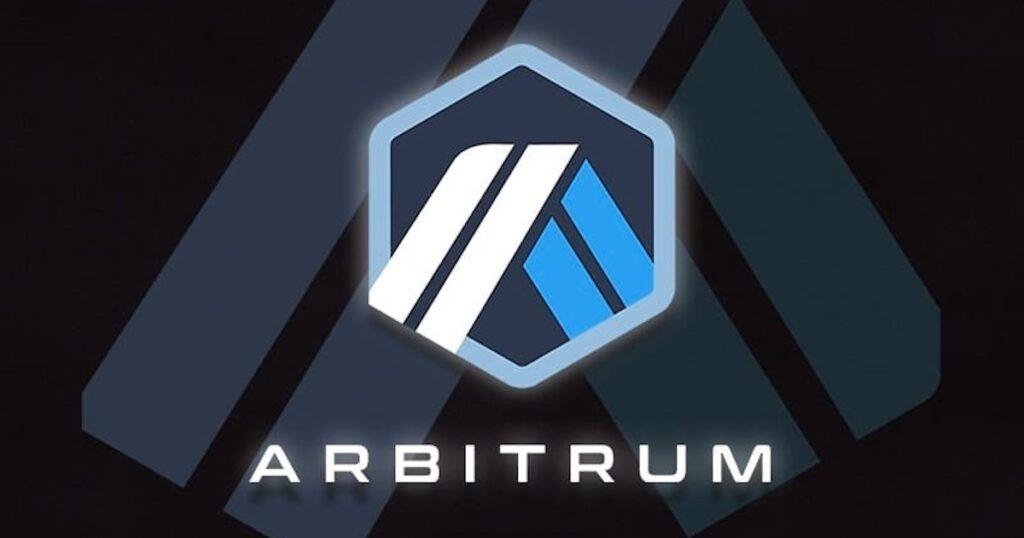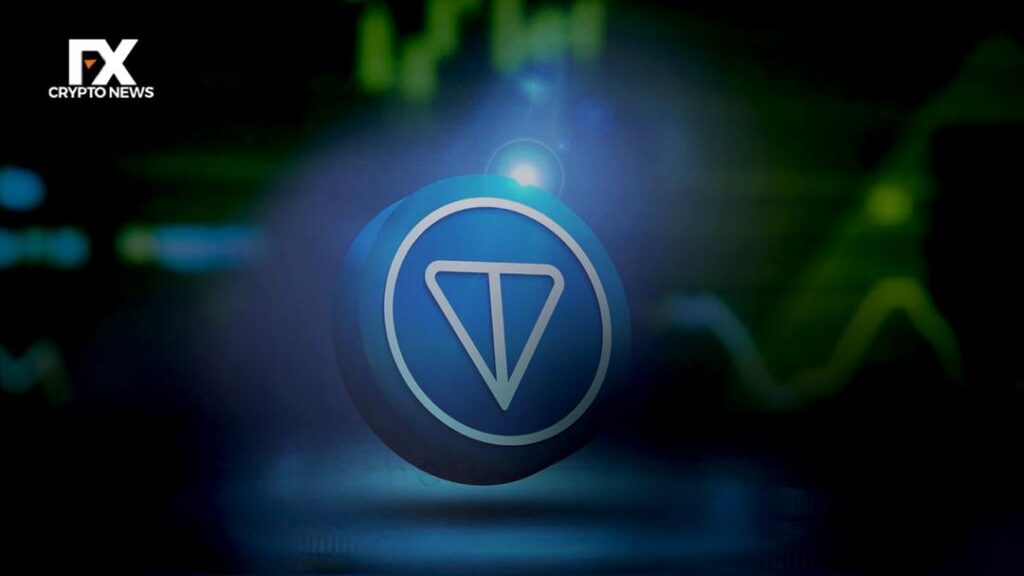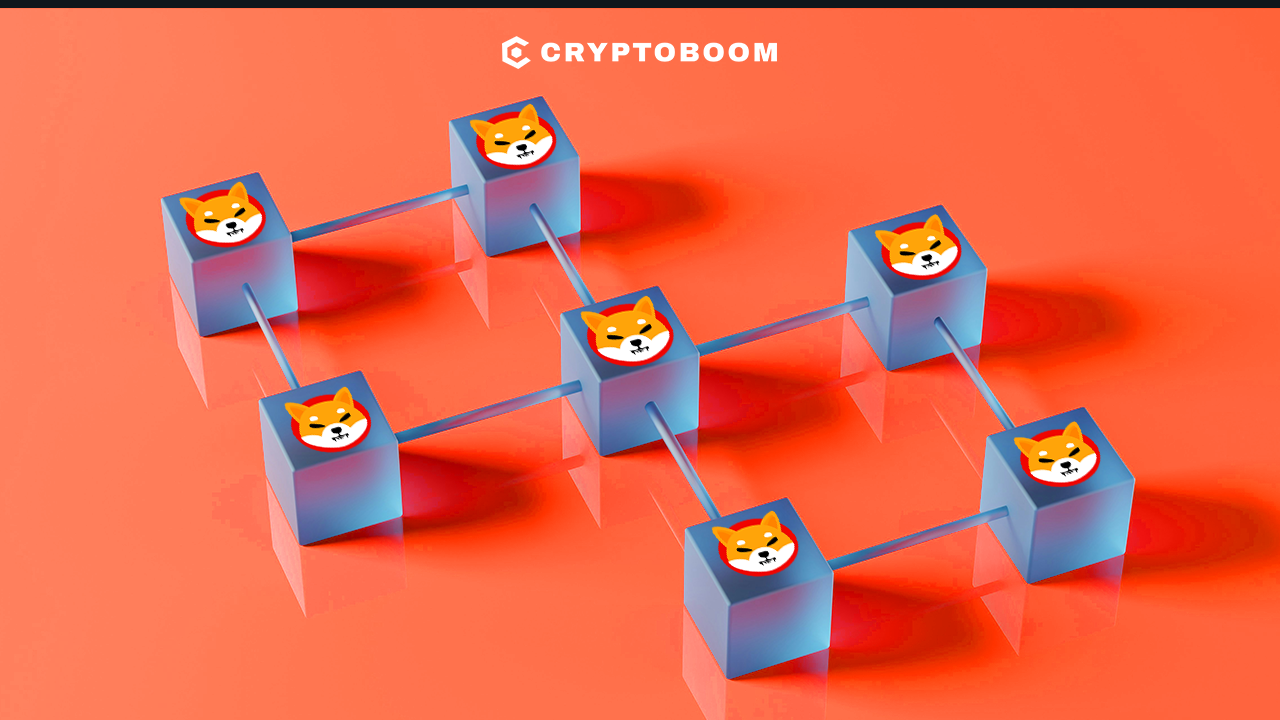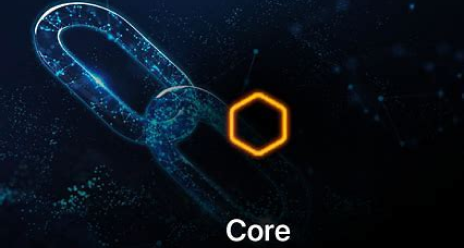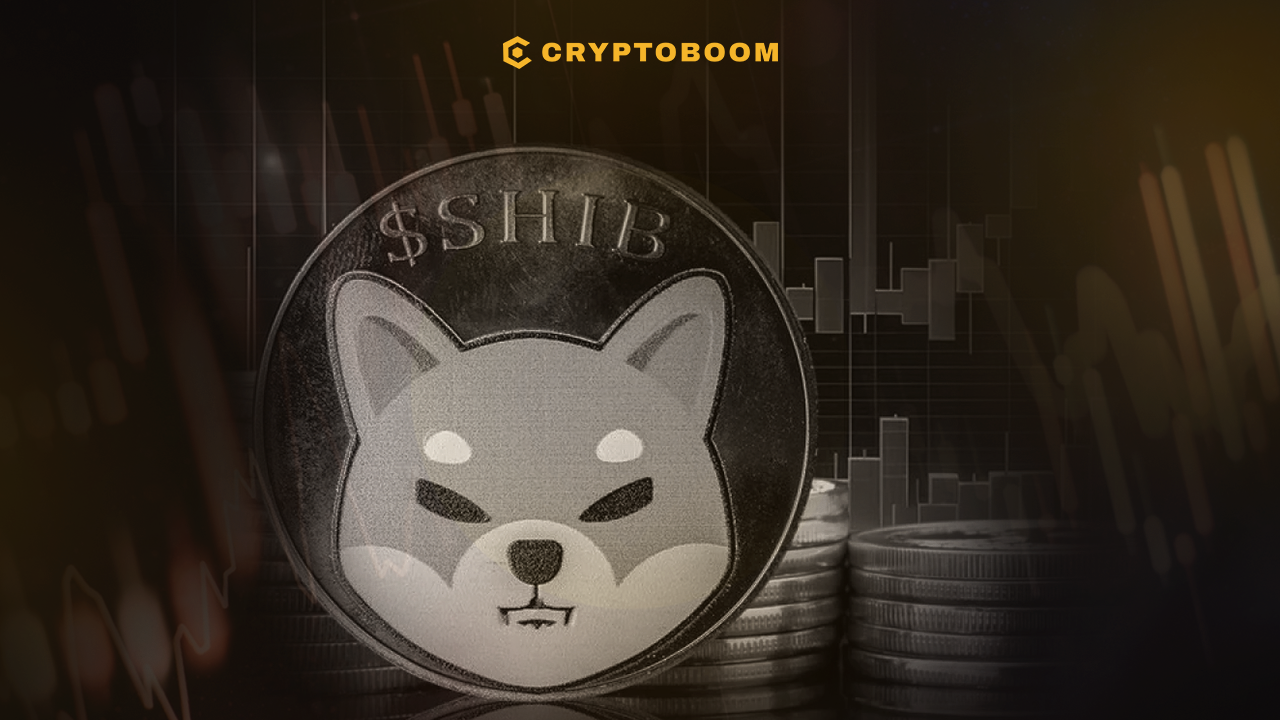In the ever-evolving crypto landscape, where fortunes are made and lost in the blink of an eye, a new player has emerged – Arbitrum (ARB). Riding the wave of Layer 2 scaling solutions, promising to alleviate Ethereum’s congestion woes, ARB’s trajectory has sparked fervent curiosity. Will it soar to lofty heights, or crumble under the weight of uncertainty? This 3000-word exploration delves into the intricate fabric of ARB, predicting its potential price journey from 2024 to 2035 and deciphering whether it’s worth holding onto.
Cryptocurrency Craze: A Global Phenomenon
Cryptocurrencies have transcended their niche origins, captivating mainstream attention. Bitcoin, the pioneering godfather, paved the way for a decentralized revolution, where digital tokens challenge traditional financial structures. Ethereum, the programmable powerhouse, further ignited the flames with its smart contract functionality. Yet, scalability concerns cast a shadow on Ethereum’s brilliance, with high transaction fees and network congestion threatening to stifle its growth.
Arbitrum, a Layer 2 scaling solution for the Ethereum blockchain, emerged in response to the pressing need to overcome Ethereum’s inherent limitations, particularly those related to scalability and transaction fees.
Born in 2019, the brainchild of Offchain Labs, Arbitrum has grown exponentially. Its genesis, the Nitro upgrade, slashed transaction costs by 90%, propelling its adoption. Today, boasting a thriving ecosystem of decentralized applications (dApps) spanning DeFi, NFTs, and gaming, Arbitrum stands as a formidable contender in the Layer 2 arena. Co-founded by Ed Felten, Steven Goldfeder, and Harry Kalodner, the project reflects a commitment to addressing the challenges hindering the widespread adoption of decentralized applications (DApps) on the Ethereum network.
The impetus for Arbitrum’s development was rooted in Ethereum’s success, leading to increased demand for decentralized services and applications. However, this success came with a downside—congestion on the Ethereum network. The surge in activity resulted in slower transaction processing times and elevated gas fees, rendering the network less scalable and cost-effective. Offchain Labs recognized these issues and set out to create a solution that could augment Ethereum’s capabilities.
Arbitrum’s journey began with a strategic focus on optimistic rollup technology, a mechanism that enables most transactions to be executed off-chain. This innovative approach optimizes the trade-off between efficiency and security. By processing transactions off-chain and providing cryptographic proofs to the Ethereum mainnet, Arbitrum achieves consensus and finality without burdening the main blockchain with every transaction. This not only enhances transaction throughput but also mitigates the scalability concerns that have become increasingly prevalent on Ethereum.
The development of Arbitrum reflects a pivotal moment in the evolution of Layer 2 scaling solutions. As decentralized finance (DeFi) and other Ethereum-based applications gained traction, the need for scalable and cost-efficient solutions became paramount. Arbitrum’s optimistic rollup technology has positioned it as a promising contender in this space, offering developers and users a pathway to more efficient and scalable decentralized applications.
A key hallmark of Arbitrum is its unwavering commitment to decentralization. Despite being a Layer 2 solution, it upholds the foundational principles of decentralization and security that define the Ethereum blockchain. This dedication to preserving Ethereum’s core tenets is essential for building and maintaining trust within the Ethereum community, as users seek assurance that Layer 2 solutions maintain the integrity of the broader ecosystem.
Furthermore, Arbitrum distinguishes itself through its user-centric approach. The development team has prioritized creating an intuitive and user-friendly interface, aiming to simplify the integration process for developers and enhance the overall user experience. This emphasis on usability is strategic, designed to broaden the appeal of Arbitrum and facilitate its seamless integration into various decentralized applications.
Arbitrum’s origin lies in the imperative to address Ethereum’s scalability challenges. Developed by Offchain Labs, its optimistic rollup technology and commitment to decentralization position it as a vital player in the quest for more efficient and scalable solutions within the Ethereum ecosystem. With a focus on user experience, Arbitrum stands as a testament to the ongoing evolution of Layer 2 scaling solutions, contributing significantly to the advancement of decentralized applications and services on the Ethereum platform.
Arbitrum arrives with a noble mission – to unlock Ethereum’s true potential. This Layer 2 scaling solution utilizes optimistic rollups, a technology that processes transactions off-chain and then posts batches of them to the main chain for verification. This ingenious approach significantly reduces gas fees and transaction times, paving the way for a smoother and more accessible Ethereum experience.
Predicting the Path: ARB Price Forecasts Through the Years 2024-2040
Arbitrum (ARB) Price Predictions by Year: A Tabular Perspective
| Year | Max Price (USD) | Average Price (USD) | Minimum Price (USD) | Driving factors |
| 2024 | $5 | $1 | $0.5 | Ethereum congestion pushing users to Layer 2. Expanding Arbitrum ecosystem (DeFi, NFTs, gaming). Overall market sentiment towards Layer 2. |
| 2025 | $15 | $7 | $3 | Ethereum congestion pushing users to Layer 2. Expanding Arbitrum ecosystem (DeFi, NFTs, gaming). Overall market sentiment towards Layer 2. |
| 2030 | $40 | $15 | $20 | Mainstream integration of blockchain and Layer 2 solutions across industries. Arbitrum as a key hub for DeFi and high capital flows. Advancement of blockchain technology and new application integration |
| 2035 | $100 | $50 | $30 | Mainstream integration of blockchain and Layer 2 solutions across industries. Arbitrum as a key hub for DeFi and high capital flows. Advancement of blockchain technology and new application integration |
Disclaimer: These predictions are based on current understanding and potential future developments. Unforeseen events can significantly alter the trajectory of ARB’s price. Always conduct thorough research, approach cautiously, and maintain a long-term perspective when investing in cryptocurrencies.
ARB’s Potential Price Analysis Trajectory
2024: A Year of Growth and Stabilization
Max: $5
Avg: $1
Min: $0.5
With increased Ethereum congestion and growing awareness of Layer 2 solutions, 2024 is ripe for Arbitrum’s ascent. Expect a steady climb, potentially reaching $5 by year-end, followed by consolidation and price stabilization around $1.
2025: Expanding Ecosystem and Explosive Potential
Max: $15
Avg: $7
Min: $3
As new dApps flock to Arbitrum and existing projects blossom, expect a price surge in 2025. The ecosystem’s maturation and rising user base can propel ARB towards $15, with an average price settling around $7.
2030: Reaching for the Stars, Embracing Mainstream
Max: $40
Avg: $15
Min: $20
By 2030, widespread adoption of Layer 2 solutions is likely, with Arbitrum potentially capturing a significant share of the market. If successful integration with Ethereum 2.0 occurs, it could propel ARB to dizzying heights, reaching $40, with an average price stabilizing around $15.
2035: A Decentralized Future Beckons
Max: $100
Avg: $50
Min:$30
2035 presents a tantalizing glimpse into a future where decentralization reigns supreme. If Arbitrum seamlessly integrates with future technological advancements and establishes itself as a cornerstone of the Web3 landscape, it could reach a whopping $100, with an average price of $50.
ARB Future Prediction Analysis
These predictions are, of course, not set in stone. Several factors can influence the price, each acting as a brushstroke on the canvas of ARB’s destiny:
- Market Trends: Broader market sentiment, especially towards Ethereum and Layer 2 solutions, will play a crucial role. Optimistic sentiment can catapult ARB, while a bearish tide could pull it down.
- Technological Advancements: Continuous improvements to the Arbitrum protocol and integration with emerging technologies can provide substantial tailwinds.
- Partnerships and Collaborations: Strategic partnerships with leading blockchain
Is ARB Worth Holding?
Whether you’re a seasoned crypto investor or a curious newcomer, the question remains – should you hold onto ARB? The answer, like the crypto market itself, is nuanced and requires careful consideration.
Reasons to Hold ARB
- Solid Foundation: Arbitrum boasts a robust technological foundation, offering fast transaction speeds and low fees. Its optimistic rollups technology is proven and reliable, making it a viable alternative to the congested Ethereum mainnet.
- Thriving Ecosystem: The Arbitrum ecosystem is rapidly expanding, attracting established DeFi protocols, innovative NFTs, and engaging gaming platforms. This diversity offers investors exposure to various blockchain applications with high growth potential.
- Strong Development Team: Offchain Labs, the team behind Arbitrum, possesses a strong track record of innovation and commitment to the project. Their ongoing development efforts inspire confidence in the platform’s future.
- Layer 2 Momentum: As Ethereum scalability concerns continue to mount, Layer 2 solutions like Arbitrum are poised to gain significant traction. Riding this wave can be immensely rewarding for long-term investors.
- Competition: Numerous Layer 2 solutions vying for market share pose a challenge to Arbitrum’s dominance. Failure to maintain its technological edge or lose crucial ecosystem partnerships could hinder its growth.
- Regulatory Uncertainty: The ever-evolving regulatory landscape surrounding cryptocurrencies adds a layer of complexity. Unforeseen regulations could potentially impact the entire market, including ARB.
- Volatile Market: The inherent volatility of the crypto market means that even the most promising projects can experience dramatic price swings. Investing in ARB requires a high tolerance for risk and a long-term investment horizon.
- Centralized Governance: While Offchain Labs plans to transition to decentralized governance in the future, the current centralized control might deter some investors who value complete decentralization.
Ultimately, the decision to hold ARB rests on your individual risk tolerance, investment goals, and overall market outlook. If you believe in the potential of Layer 2 solutions and are comfortable with volatility, then ARB could be a valuable addition to your portfolio. However, weigh the potential rewards against the associated risks before making your choice.
How Can Investors Leverage ARB?
Beyond simply holding ARB tokens, investors can explore various ways to participate in the ecosystem:
Staking: Stake your ARB tokens to earn rewards and contribute to the network’s security.
Utilizing dApps: Engage with DeFi protocols, invest in NFTs, or play crypto games within the Arbitrum ecosystem.
Developing on the Platform: If you’re a developer, contribute to the platform’s growth by building innovative dApps or tools.
Read more:
Step-by-Step Guide to Buying Arbitrum (ARB)
Ready to take the plunge and acquire some ARB? Here’s your comprehensive guide to navigating the buying process:
- Choose Your Exchange:
Several reputable exchanges currently list ARB, each offering its own unique features and fee structures. Here are some top contender
Binance: A popular choice for beginners with a user-friendly interface and high liquidity. Offers multiple payment methods, including credit cards and bank transfers.
Gate.io: Established exchange with competitive fees and a wide range of cryptocurrencies, including ARB. Known for its advanced trading features and margin trading options.
MEXC: Rising platform with attractive trading fees and a focus on security. Offers a convenient mobile app and various DeFi features.
Remember: Consider factors like platform fees, security reputation, available payment methods, and user reviews before making your choice.
2. Set Up Your Account:
Once you’ve chosen an exchange, follow these steps to set up your account:
Provide basic information: Enter your name, email address, and create a strong password.
Verify your identity: Most exchanges require KYC/AML verification to comply with regulations. Upload relevant documents like a passport or driver’s license.
Fund your account: Choose your preferred deposit method, such as bank transfer, credit card, or another cryptocurrency.
3. Select Your Payment Method:
Each exchange offers various payment options, each with its own processing times and fees. Here are some common choices:
Bank transfer: A secure but typically slower way to deposit funds, with lower fees compared to credit cards.
Credit card: Instant deposits but with potentially higher fees. Use with caution due to the volatility of the crypto market.
Cryptocurrency transfer: Transfer existing crypto holdings from another exchange or wallet to your chosen platform.
4. Buy ARB:
With your account funded, navigate to the ARB trading page on your chosen exchange. Here’s what to do:
Locate the ARB trading pair: Look for pairs like “ARB/USDT” or “ARB/BTC,” depending on what you want to pay with.
Choose your order type: Select a market order for immediate purchase at the current market price, or a limit order to set a specific price you’re willing to pay.
Enter your purchase amount: Specify how much ARB you want to buy, either in units of ARB or the equivalent value of your chosen payment method.
Review and confirm: Double-check the order details before confirming the purchase.
5. Store Your ARB Securely:
Once you’ve bought ARB, it’s crucial to store it securely. Here are your options:
Exchange wallet: Convenient but less secure for long-term holdings. Consider this as a temporary storage solution.
Hardware wallet: The most secure option for long-term storage. Invest in a reputable hardware wallet like Ledger or Trezor and store your private keys offline.
Software wallet: A mobile or desktop app for storing crypto. Choose a reputable wallet with strong security features and multi-signature functionality.
Remember: Don’t share your private keys with anyone, and ensure your chosen storage solution is compatible with ARB before transferring your tokens.
Bonus Tips:
Start small: When investing in any cryptocurrency, particularly one with high volatility like ARB, it’s wise to begin with a small investment and gradually increase your holdings over time.
Do your research: Before buying any cryptocurrency, research the project thoroughly, understand its technology, and assess its future potential.
Stay informed: Keep up-to-date with the latest news and developments surrounding ARB and the broader crypto market.
Invest responsibly: Only invest what you can afford to lose, and never rely on cryptocurrency as your sole source of income.
Navigating the crypto market can be exciting but also daunting. By following these steps and exercising caution, you can confidently purchase and store Arbitrum (ARB) and participate in its potentially promising future.
Frequently Asked Questions: Unraveling the Mysteries
Arbitrum (ARB) has generated a considerable amount of interest and speculation, leading to a variety of frequently asked questions about its future trajectory and investment potential.
- Does ARB have a future? The answer to this question involves a nuanced analysis. While predicting the future of any cryptocurrency is inherently uncertain, ARB has shown promise due to its strong foundation, a thriving ecosystem, and significant momentum in the Layer 2 scaling solutions space. The ongoing development efforts and growing interest in decentralized finance (DeFi) platforms, where ARB plays a crucial role, contribute to the belief that it has substantial potential for long-term growth.
- Will Arbitrum (ARB) reach $10? This query underscores the speculative nature of cryptocurrency price predictions. While an immediate surge to $10 may be unlikely, considering the current market conditions, continued development, and broader adoption could position ARB to achieve this milestone within the next 5-10 years. The cryptocurrency market is dynamic, influenced by various factors such as technological advancements, regulatory developments, and market sentiment.
- What is the highest possible price for ARB in 2024? Providing a definitive answer to this question is challenging due to the volatility inherent in the crypto market. However, a reasonable estimate based on potential market trends and ecosystem growth could place the highest possible price for ARB in 2024 at around $5. It’s crucial to note that this projection is speculative and subject to change based on a myriad of factors that may impact the cryptocurrency landscape.
- Is ARB a good long-term investment? The suitability of ARB as a long-term investment hinges on individual risk tolerance and investment goals. As with any investment, potential rewards should be carefully weighed against the inherent risks. Investors are advised to conduct thorough research, stay informed about market dynamics, and assess their risk appetite before making investment decisions.
- How does Arbitrum differ from other Layer 2 solutions? Arbitrum distinguishes itself through its optimistic rollup technology, offering faster transaction confirmations and lower fees compared to traditional Layer 1 blockchains. Its unique design optimizes scalability while maintaining a strong focus on decentralization, making it an appealing choice for developers and users seeking efficient and cost-effective solutions within the Ethereum ecosystem.
- What challenges does Arbitrum face in terms of widespread adoption? Arbitrum faces challenges related to interoperability and potential competition from emerging Layer 2 solutions. Achieving seamless integration with existing DeFi protocols and overcoming network effects are critical hurdles for widespread adoption. Additionally, addressing regulatory uncertainties and ensuring user-friendly interfaces will play pivotal roles in determining its success in the broader market.
- How does Arbitrum impact Ethereum’s scalability and congestion issues? Arbitrum significantly alleviates Ethereum’s scalability and congestion challenges by offloading transactions onto Layer 2, reducing the burden on the main Ethereum blockchain. This not only enhances transaction throughput but also mitigates rising gas fees. As more projects migrate to Arbitrum, it contributes to a more scalable and sustainable Ethereum network, fostering a positive ecosystem for decentralized applications and services.
- What security measures does Arbitrum employ to protect user assets? Arbitrum implements robust security measures, leveraging Ethereum’s security model. The optimistic rollup design ensures that the majority of transactions are processed off-chain while maintaining the security guarantees of the Ethereum mainnet. Additionally, users’ assets are secured by the underlying Ethereum blockchain, providing a layer of trust and accountability. However, users are advised to follow best security practices, such as using secure wallets and keeping private keys safe, to further enhance the safety of their assets on the Arbitrum network.
The Final Curtain: A Look Ahead
Arbitrum’s future remains an open book, but one filled with intriguing possibilities. Its potential to reshape the Ethereum landscape and offer a fast, affordable, and secure platform for decentralized applications is undeniable. In conclusion, Arbitrum (ARB) emerges as a promising player in the dynamic crypto landscape, addressing Ethereum’s scalability challenges with its innovative Layer 2 scaling solution. The article navigates through the intricate details of Arbitrum’s development, emphasizing its optimistic rollup technology, commitment to decentralization, and user-friendly approach.
The provided price predictions for ARB from 2024 to 2035 offer a glimpse into the potential growth trajectory, grounded in the platform’s evolution, ecosystem expansion, and overall market sentiment towards Layer 2 solutions. However, the disclaimer appropriately underscores the speculative nature of such forecasts, emphasizing the need for thorough research and a long-term perspective in cryptocurrency investments.
The nuanced view of reasons to hold ARB, along with cautious considerations, paints a comprehensive picture for potential investors. The article wisely highlights the importance of factors like competition, regulatory uncertainties, and market volatility in making informed decisions.
Ultimately, the decision to hold or fold ARB rests on individual risk tolerance and investment goals. The article provides a well-rounded guide on navigating the buying process and offers additional insights on leveraging ARB through staking, utilizing dApps, and contributing to the platform’s growth as a developer.
The frequently asked questions section addresses key inquiries about ARB’s future, potential price milestones, and challenges it may face. The emphasis on security measures and the reminder to invest responsibly adds a crucial layer of caution in a market known for its volatility.
As the crypto journey unfolds, Arbitrum stands as a beacon of innovation with the potential to reshape the Ethereum landscape. While uncertainties persist, the article invites readers to contemplate the possibilities and challenges ahead, providing a valuable resource for those seeking to navigate the intriguing world of decentralized finance.
Disclaimer: The information in this article should not be considered anything as financial advice, and CryptoBoom articles is intended only to provide educational and general information. Please consult with a financial advisor before making any investment decisions.
